FOR all that we were treated to group-class action at Leopardstown last Sunday, it was arguably the host of maidens at the Dublin venue and Naas last weekend that carried most intrigue.
The ante is being upped as we get further into the 2023 flat season and we are seeing some quality maidens run at this time of year that could well have an impact on major prizes for the rest of the campaign.
For example, Devious, by Starspangledbanner, looked a Royal Ascot-calibre juvenile when winning readily on debut for Donnacha O’Brien in the Naas opener on Saturday, the Dermot Weld team mentioned Oaks and Ribblesdale Stakes entries for impressive Leopardstown winner Azazat and Sharlouk looked a bright prospect for Johnny Murtagh when striking on his third start at the same track.
Pedigree is often one of few factors at our disposal when looking ahead to a maiden featuring mostly unraced horses. Bearing that in mind, it’s worth weighing up what the stats tell us about the sires whose progeny tend to hit the ground running on their first starts.
Given the 2020 flat campaign was interrupted by Covid-19 and delayed the traditional early-season starting points for two-year-olds, data was restricted to incorporate the entirety of 2021, 2022 and the opening months of 2023 across British and Irish racing.
Early power
In terms of two-year-olds, the sire who has delivered the most debut winners in this period is Kodiac, with 24 of his progeny making successful introductions (11% strike rate with two-year-old debutants).
Operating at much higher strike rates with their first-time-out juveniles, though, are Dubawi (23 winners) and Kingman (19 winners), coming in at 21% and 20% respectively.
Others who feature prominently in terms of the highest tallies for winning debutant two-year-olds are No Nay Never and Mehmas on 17 winners each (15% strike rates), Lope De Vega (14%) and Starspangledbanner (15%) on 15 winners apiece, while there is another trio on 12 winners: Havana Grey (14%), Profitable (9%) and Sea The Stars (16%).
What about those whose progeny are being overlooked by the market?
One way of assessing this is the WAX (wins above expectations) metric, which takes the number of winners for the sires on debut - minus the number of winners they would have been expected to produce according to the market (judged by their progeny’s betting odds).
Top of the charts on this scale as the most underrated debut performer is Ulysses, whose haul of nine first-time-out juvenile winners is five more than the market would have expected.
Kingman (19 debut winners) also has five extra successes than would have been predicted, while others performing above expectations with four more winners than might have been anticipated are Lope De Vega, Kodiac, Ardad, Devious’ sire Starspangledbanner, Havana Grey and Mehmas.
Second-time lucky
Some juveniles can be often slower learners than others, so the benefit of an initial outing can help them greatly on their second start as two-year-olds.
During the sample period, the sire who has delivered the most second-time-out winners at two is Dark Angel, with 22 scorers at the second attempt (compared to 14 on debut). Some of his best progeny have been beaten first time out, such as Group 1-winning sprinters Harry Angel, Mecca’s Angel and Lethal Force, as well as the likes of Estidhkaar, Art Power and Khaadem.
Others to rank highly for second attempts are Kodiac on 21 winners, though his tally is down from 24 on debut, No Nay Never on 20 (up from 17 on debut), Havana Gold at 18 (significantly up from seven on debut) alongside Dubawi with the same haul of 18 (down from 23 on debut).
As for the sires who are performing above expectations second time out at two, the three coming out best on the WAX scale are the aforementioned Havana Gold, who notched eight more winners than would have been expected, No Nay Never with seven extra wins and Holy Roman Emperor, who exceeded his anticipated tally of winners by four.
In fact, the latter is one of the standout improvers from first to second runs at two. He boasts a juvenile debutant record of just one winner from 68 runners (1.47%), whereas his two-year-olds second time out operate at a 14% strike rate (eight winners from 56 runners). One of his best sons, Designs On Rome, took three attempts before getting off the mark as a two-year-old.
Scope for improvement
Which other stallions see sharp increases in their progeny’s strike rates from runs one to two?
The legendary Frankel impresses in this regard. He has just six winners from 82 runners on debut in the sample period (7%) but his strike rate jumps to an extremely healthy 31% when these juveniles turn out later in the same season (15 winners from 49 runners).
A sample of just 20 two-year-olds in this period for Wootton Bassett means he is not tested as strongly numerically as other sires, but his two-year-old strike rate increases from 25% on debut to 43% next time out.
There are also smart returns at two for Havana Gold (8% to 24%), Cracksman (8% to 23%) and Churchill (3% to 16%), while the late Galileo’s progeny progress from a hit rate of 7% to 18% in this space.
Others who deserve a mention as having the potential to progress are Acclamation (4% to 15%), Shamardal (13% to 22%), No Nay Never (15% to 24%), Harry Angel (6% to 15%), Dark Angel (9% to 17%), Sioux Nation (12% to 20%), Gleneagles (13% to 20%) and Twilight Son (2% to 9%).
Early-season shine
As for two-year-olds in the early part of the season, the sires with most winners across March, April and May are Starspangledbanner (26% strike rate), No Nay Never (31%), Havana Grey (20%), Kodiac (12%), Showcasing (17%), Ardad (20%) and Mehmas (12%).
The picture looks much different with juvenile debutants from September onwards, when Dubawi (24% strike rate) emerges with most winners ahead of Sea The Stars (16%), Kingman (15%), Lope De Vega (12%), Zoffany (11%), Ulysses (14%), Golden Horn (19%) and Shamardal (19%).
A little word on three-year-old debutants. Dubawi again leads the way in terms of boasting the highest number of winners, 15 with a strike rate of 25%, in the sample period. This is just ahead of Kingman (18% strike rate), Frankel (15%) and Sea The Stars (12%) on 11, while Golden Horn (19%) and Galileo (14%) emerge with nine winners apiece.
The two sires who stand out as beating expectations with first-time-out runners at three are Golden Horn, who notched four more victories than would have been expected, and Dubawi (three extra winners).
If the old adage of an ounce of breeding being equal to a tonne of feeding rings true, hopefully this perspective gives some food for thought when next sitting down to assess a maiden. May the odds ever be in your favour.
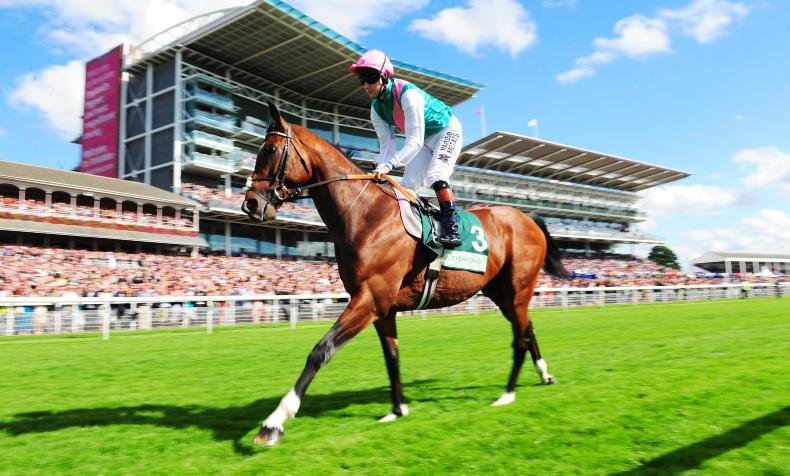

 This is a subscriber-only article
This is a subscriber-only article
 It looks like you're browsing in private mode
It looks like you're browsing in private mode




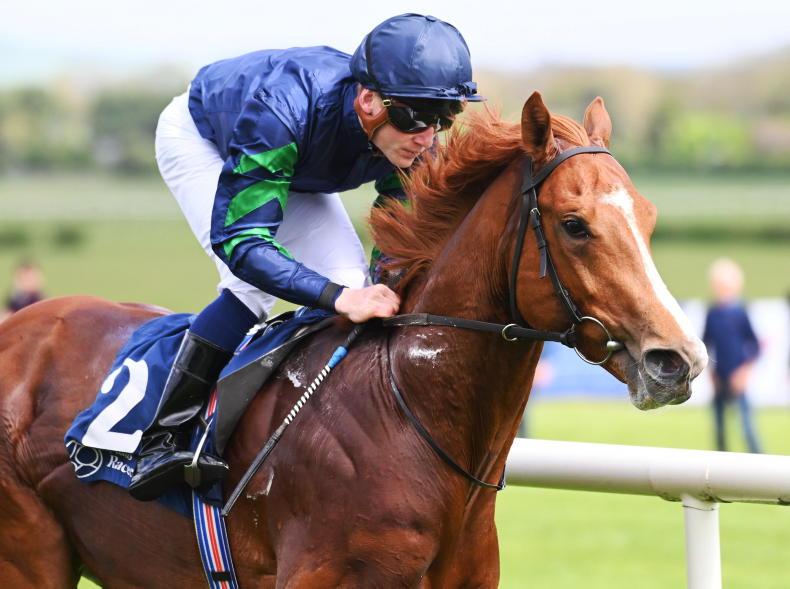

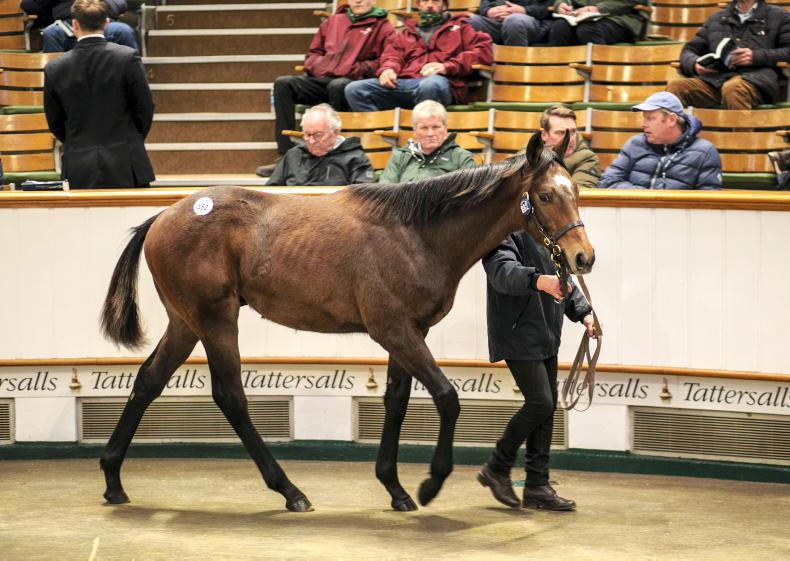

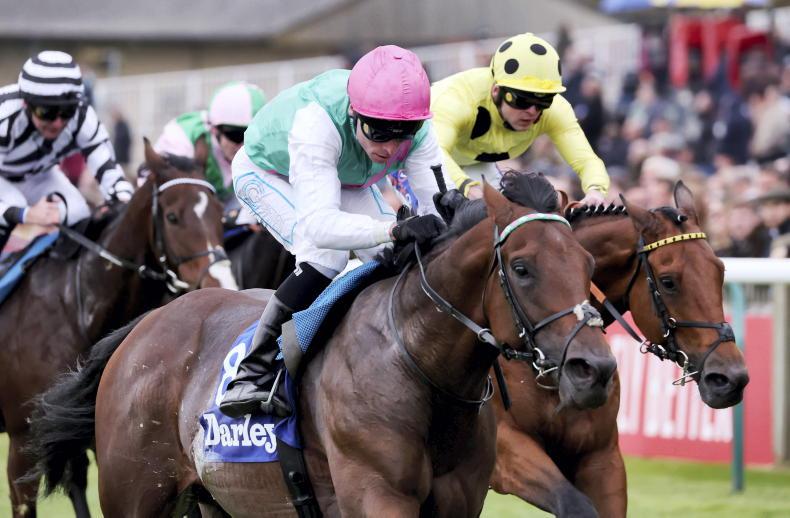

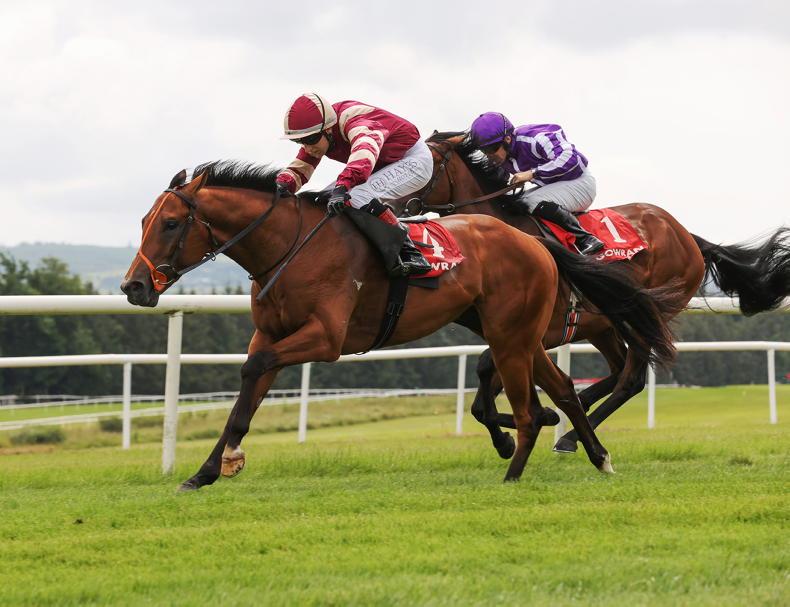
SHARING OPTIONS: